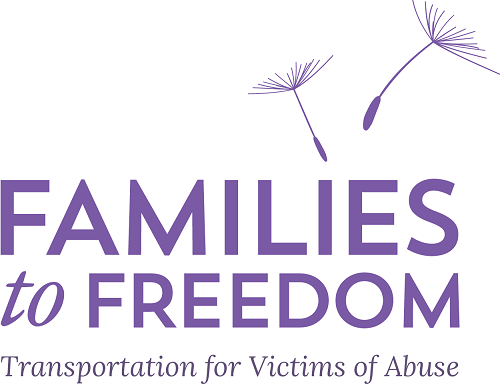-

-

Driven to Serve
Dedicate a day to drive a survivor. Learn more about this high demand position.
Be A Volunteer
-

Your donation fuels our mission
Your donation is tax deductible and supports our service.
Make A Donation -

We Believe in Freedom for All
Services are equally available to LGBT, immigrants and men who are victims of abuse
Learn More
-

What's in a safety plan?
Make a plan to leave safely and help you think clearly when it's time to go.
Learn More



